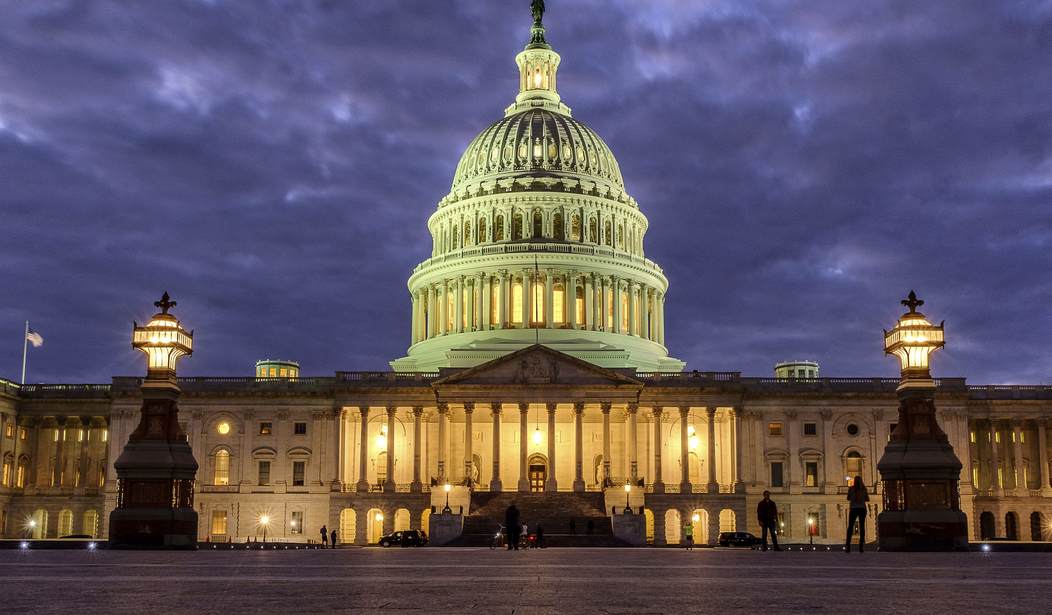WASHINGTON - The game of predicting which party will win the midterm elections is a wilderness of numbers, with one set of statistics standing out above all the others.
Those numbers measure the president’s job approval-disapproval scores, and in Trump’s case, they’re not so hot.
The Gallup Poll is the oldest and most accurate polling organization in the country, and their nationwide survey in the past week showed that only 39 percent of Americans polled approved of the president’s performance in office, compared to 56 percent who disapproved. Five percent said they had no opinion.
Campaign experts have been closely studying recent elections that have been held so far, looking for clues to which way the political wind is blowing. They didn’t tell us much.
“For all the hyperventilating Tuesday night and Wednesday, we really didn’t learn much from this week’s special elections that we didn’t already know,” campaign analyst Charles Cook of the widely read Cook Political Report wrote on Aug. 10.
“It had been obvious for some time that Republicans were struggling to hold onto seats that should have been slam-dunk wins,” he writes.
Heading into the special election in Ohio’s 12th District, Cook’s House elections editor David Wasserman “pointed out that Democrats had over-performed in eight special congressional elections in GOP-held districts this year and last, by an average of 8 percentage points.”
Elsewhere, the Cook report said the Democrats’ lowest vote surges were 3 points in Texas’s 27th District, (June 30) and 6 points in both Georgia’s 6th District (June 20, ’17) and Utah’s 3rd District (Nov. 7, 2017).
Recommended
“More typical were Democrats beating projections by 7 points in South Carolina’s 5th (June 20, 2017)” and 8 to 12 points in several other states. “While there are still provisional and absentee ballots to be counted in Ohio’s 12th, it appears that Democrats over-performed there by about 7 points,” Cook says.
Discounting Trump’s recent prediction tweet that as long as he continues to campaign for GOP candidates, “they will win,” producing a huge “red Wave” in November,” Cook makes this far-reaching forecast:
“Republicans are going to lose between a dozen and 20 seats no matter what. The question is whether they can keep it under 23 losses and retain their majority, or if not, keep within striking distance of retaking the House, in 2020 or 2022.”
But he adds that “Democrats are hardly in a position to break out the champagne and begin the high-fives. The fact is that the Democratic Party’s poll numbers, and those of their leadership are awful — just marginally better than Republicans’.”
The narrowly divided Senate remains too close to call, though the GOP has a much better hand to play because far more Democrats are up for up for re-election this year than in the GOP.
As the count stands now, 26 seats are at stake for the Democrats, versus only nine for Republicans.
According to the Cook Report’s latest analysis, 14 of the Democrats are considered safe, six are likely winners, five are tossups (Florida, Indiana, Missouri, North Dakota, West Virginia), and one is leaning Democratic.
Among the Republicans, three are safe, two are likely winners, one is leaning Republican, while three in Arizona, Nevada and Tennessee are rated tossups.
Right now, Senate Republicans are clinging to their 51 to 49 seat majority by their finger nails. If the Democrats win just two seats, Trump can kiss his legislative agenda goodbye.
But Cook offers this unsolicited advice for Democrats:
“The top two dozen [House] targets for Democrats are in districts that Hillary Clinton won in 2016. The rest are in districts that Trump won by varying margins. In those, a traditional liberal message might be more problematic.”
This year’s midterm elections are taking place at time when our nation is deeply divided over a broad range of issues, including the economy, trade, immigration, a soaring budget deficit, and the investigation into whether Trump knew about Russia’s cyberwar on our elections in 2016.
The American voters will have to decide which party they trust to deal with those issues on Nov. 6.

























Join the conversation as a VIP Member